Discover the secrets to achieving a flawless finish when painting your home
Welcome to our comprehensive guide on “How to Paint a Wall.” Whether you’re a DIY enthusiast or a beginner, our easy-to-follow video and step-by-step tutorial will walk you through everything from preparation to applying paint like a pro.
In this tutorial, we’ll show you expert techniques for a professional-quality finish that transforms your space. Let’s begin by getting everything ready: remove furniture, cover with dust sheets, and use good masking tape. You can also watch our video on how to prepare a room for painting.
Step 1. Protect the Room
Before you begin painting, it’s essential to protect your room. Remove furniture and cover everything with dust sheets to avoid accidental splatters or spills.

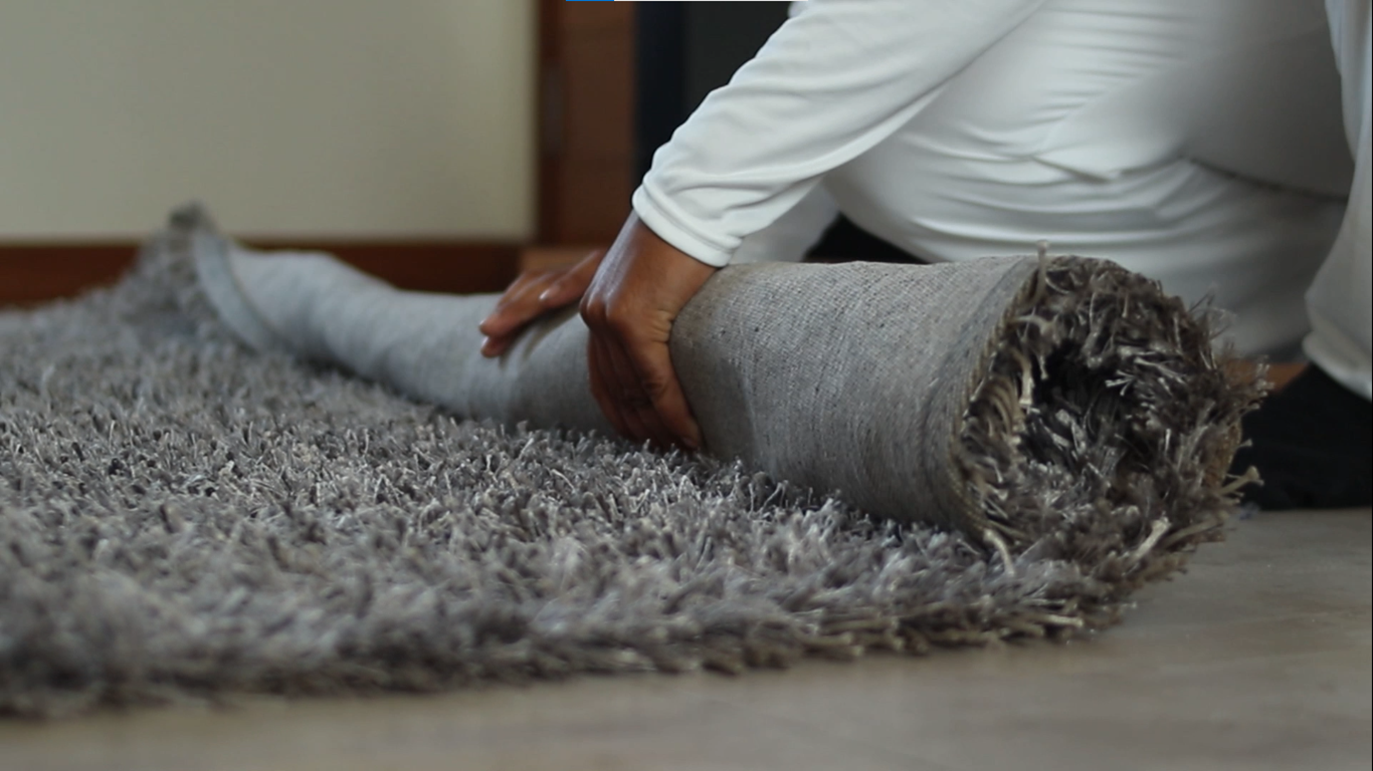
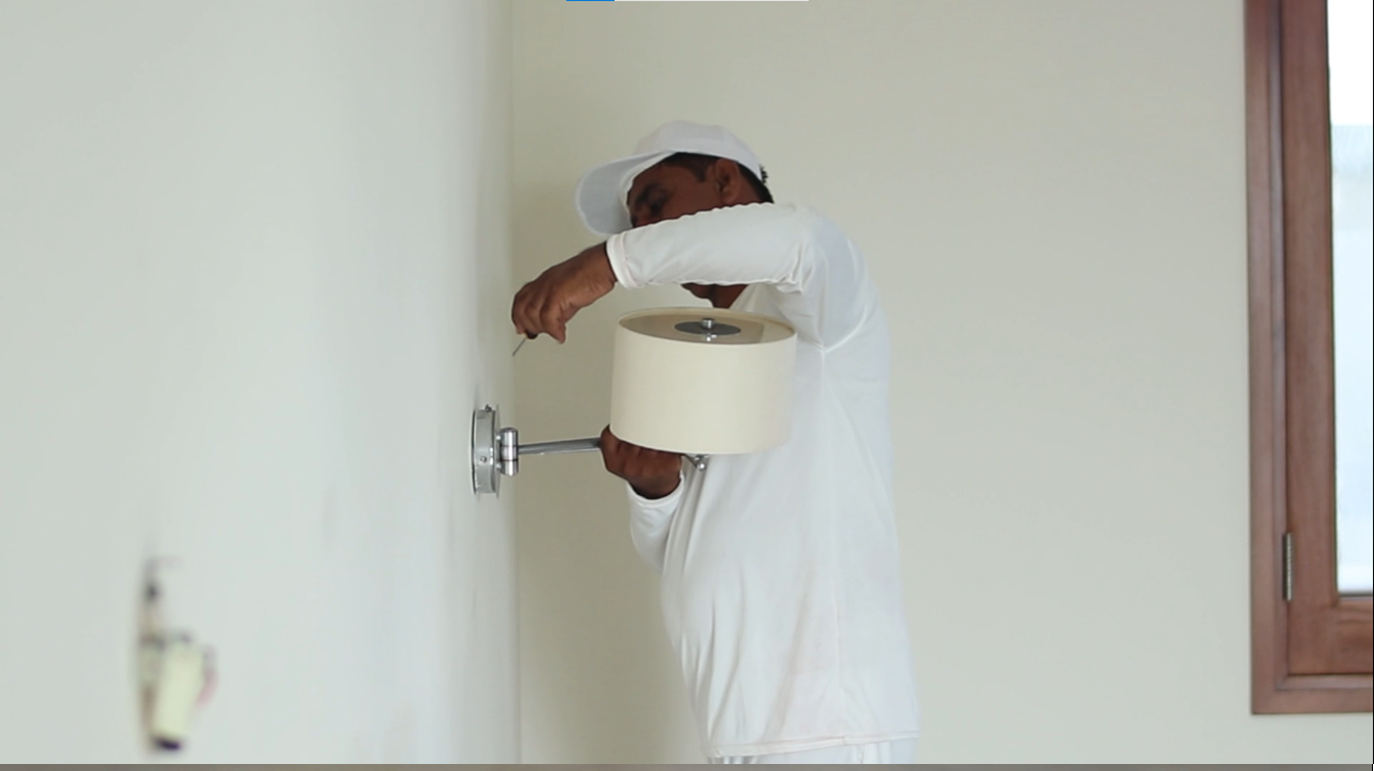
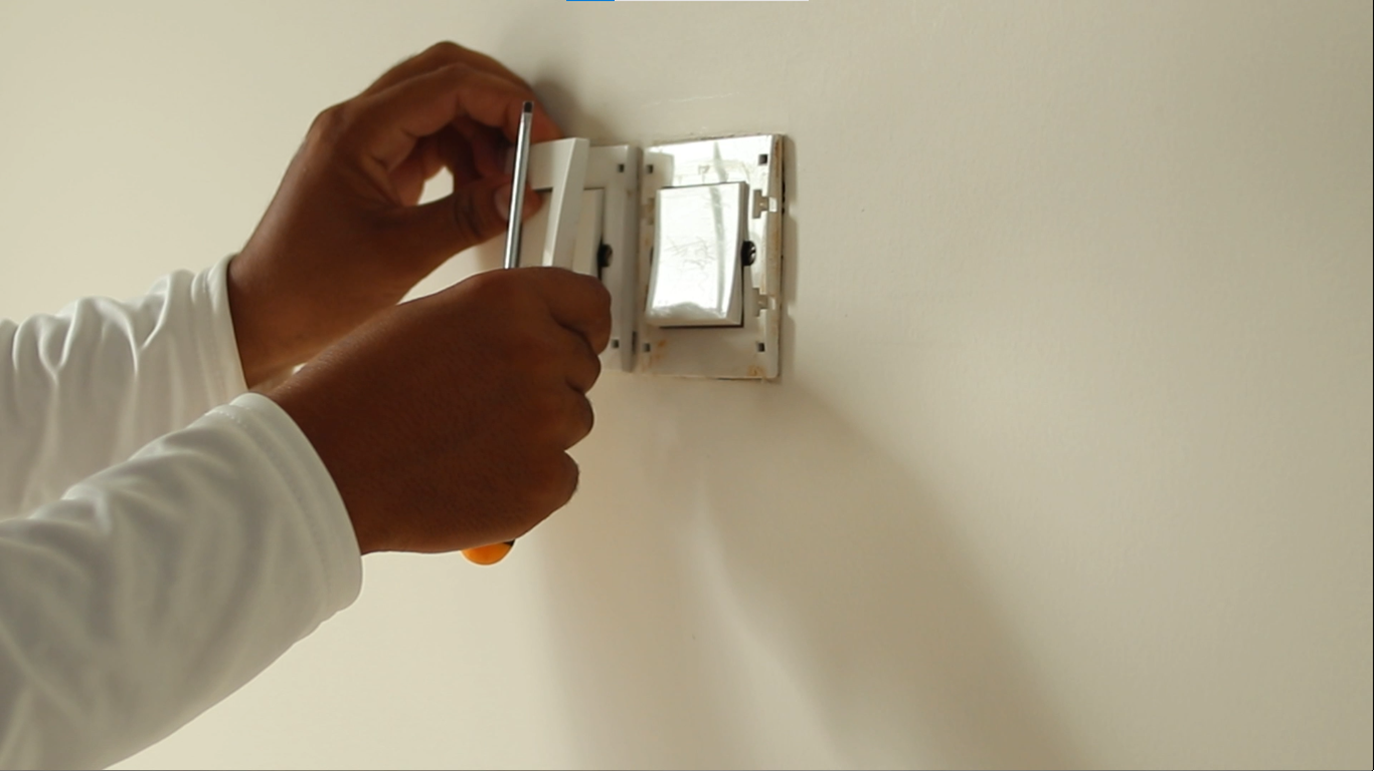
Step 2. Prepare the Surface
To ensure a smooth and clean surface, follow these sub-steps:
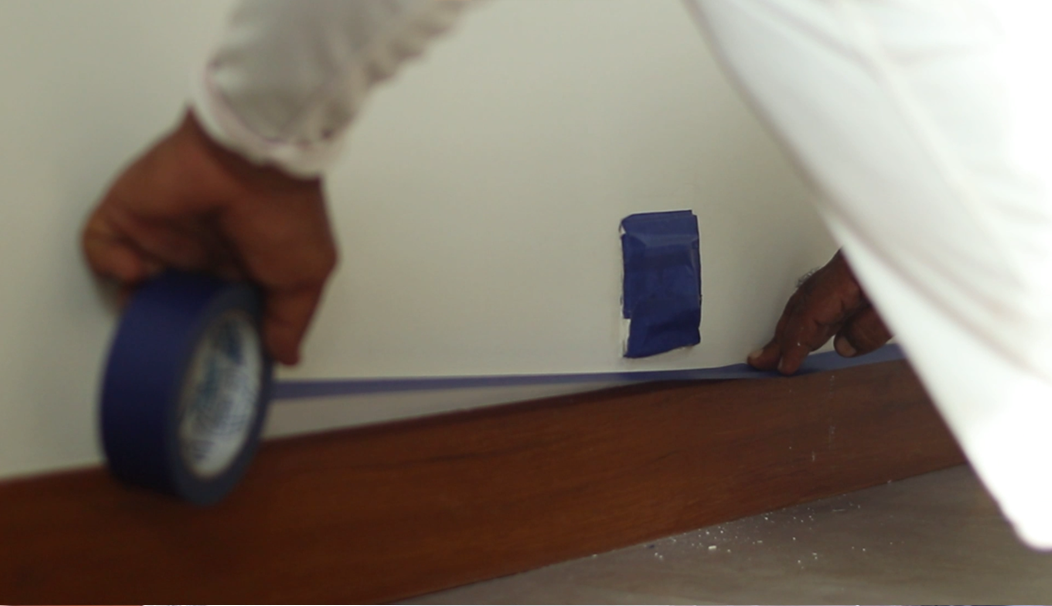
Tape Edges: Use painter’s tape to cover edges and trim for clean lines.
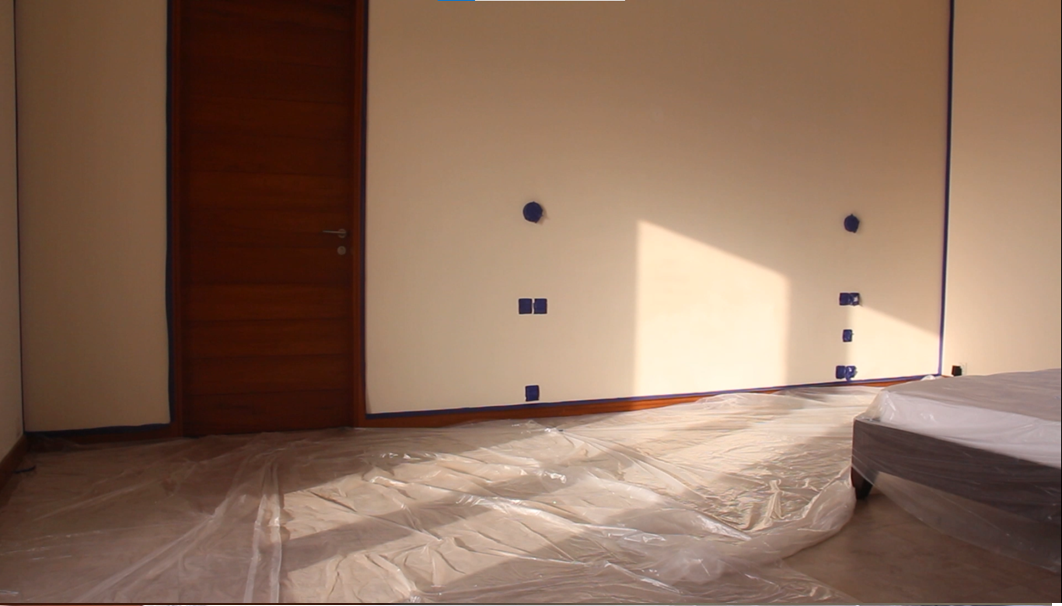
Lay a Dust Sheet: Protect floors from paint drips and splatters.
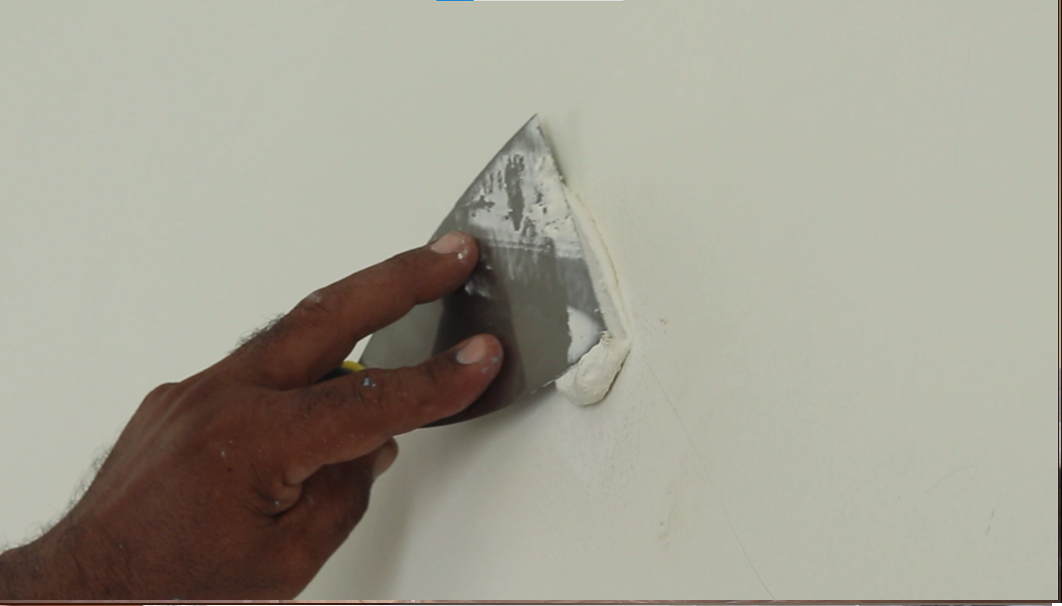
Fill Holes and Sand: Fill cracks, sand smooth, and prep the wall.
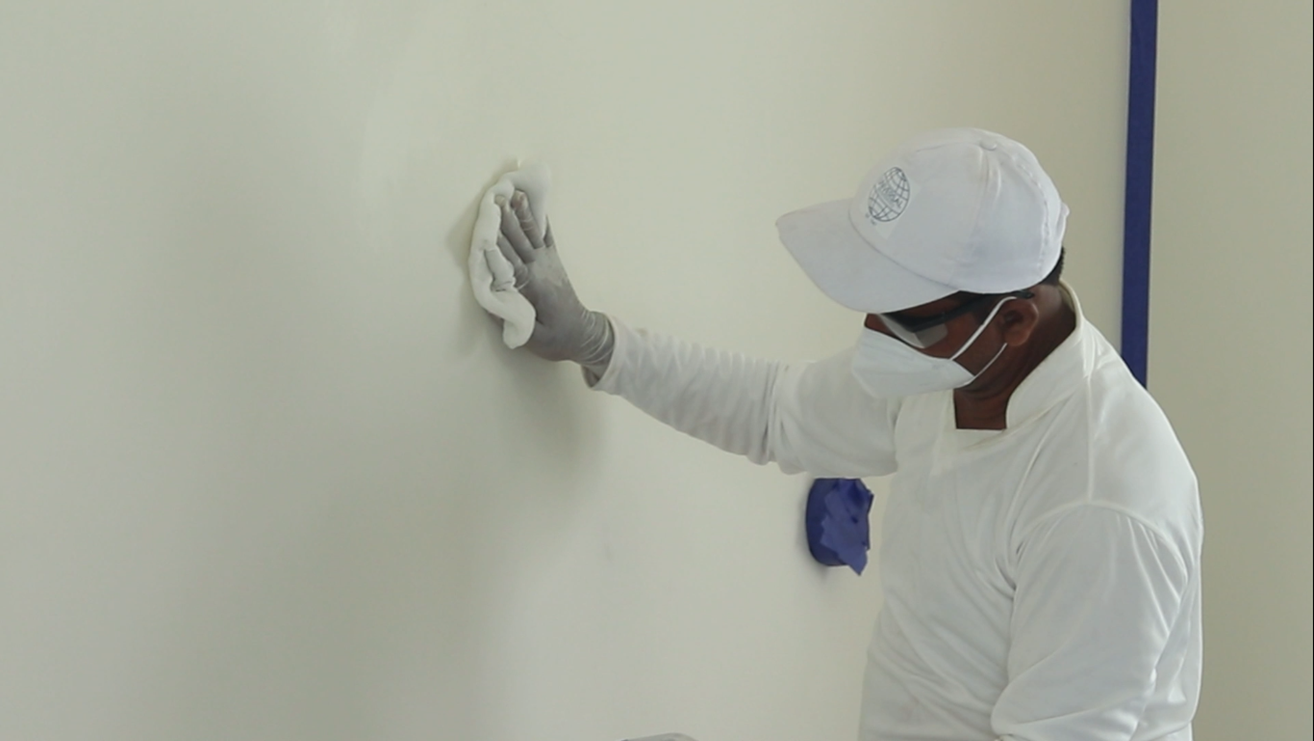
Clean the Surface: Wipe dust and grease to ensure paint adheres well.
Step 3. Cut in Around the Edges
For precise edges and corners, follow these steps:
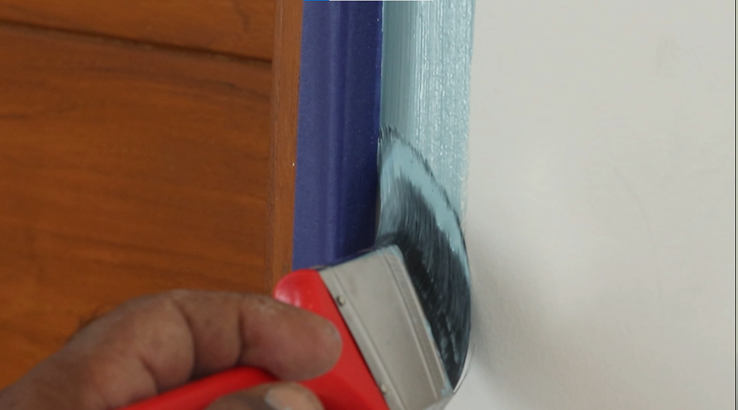
Cut in with Brush: Use a quality brush to carefully paint edges.
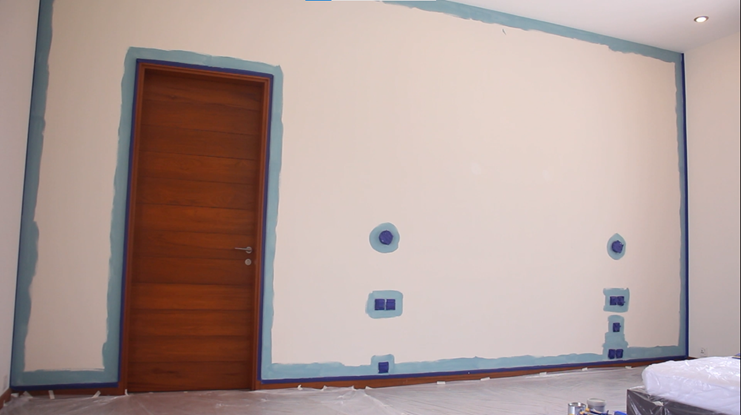
This process is called “cutting in” and creates clean lines.
Step 4. Roll the Wall
Now, it’s time to apply paint to the main wall area. Here’s how to do it effectively:
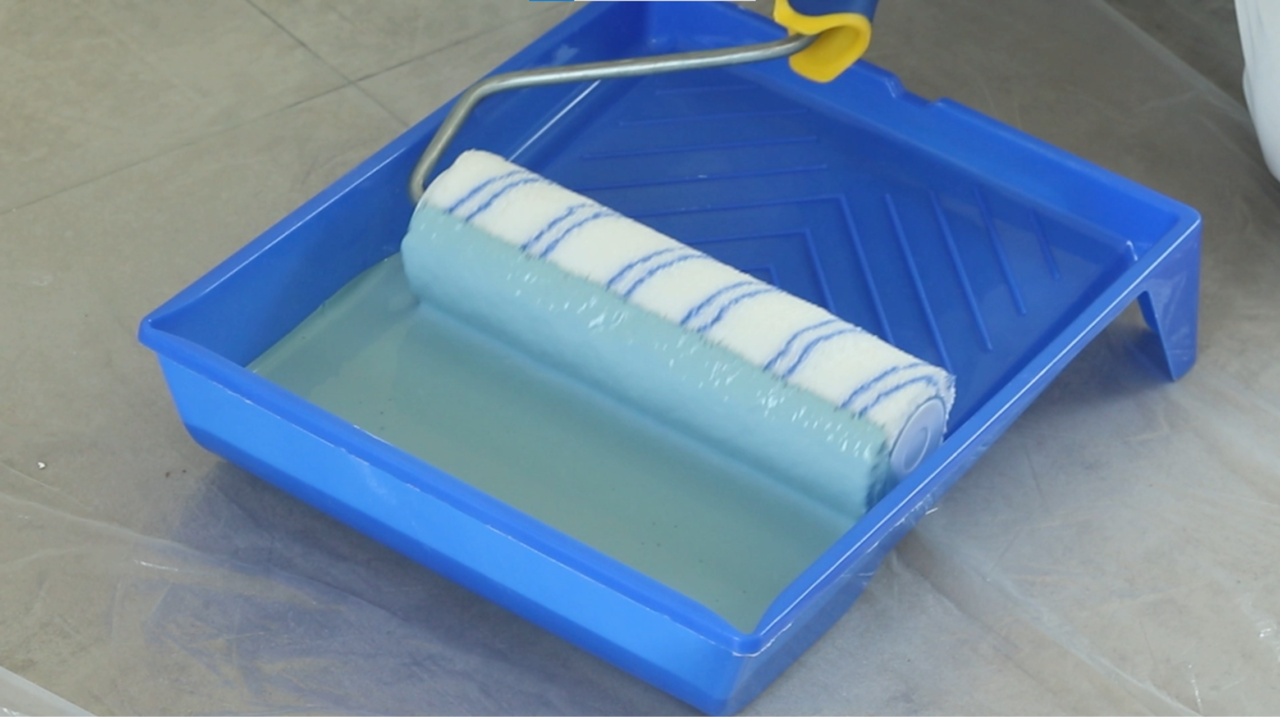
Prepare the Roller: Coat evenly in tray, avoid overloading.
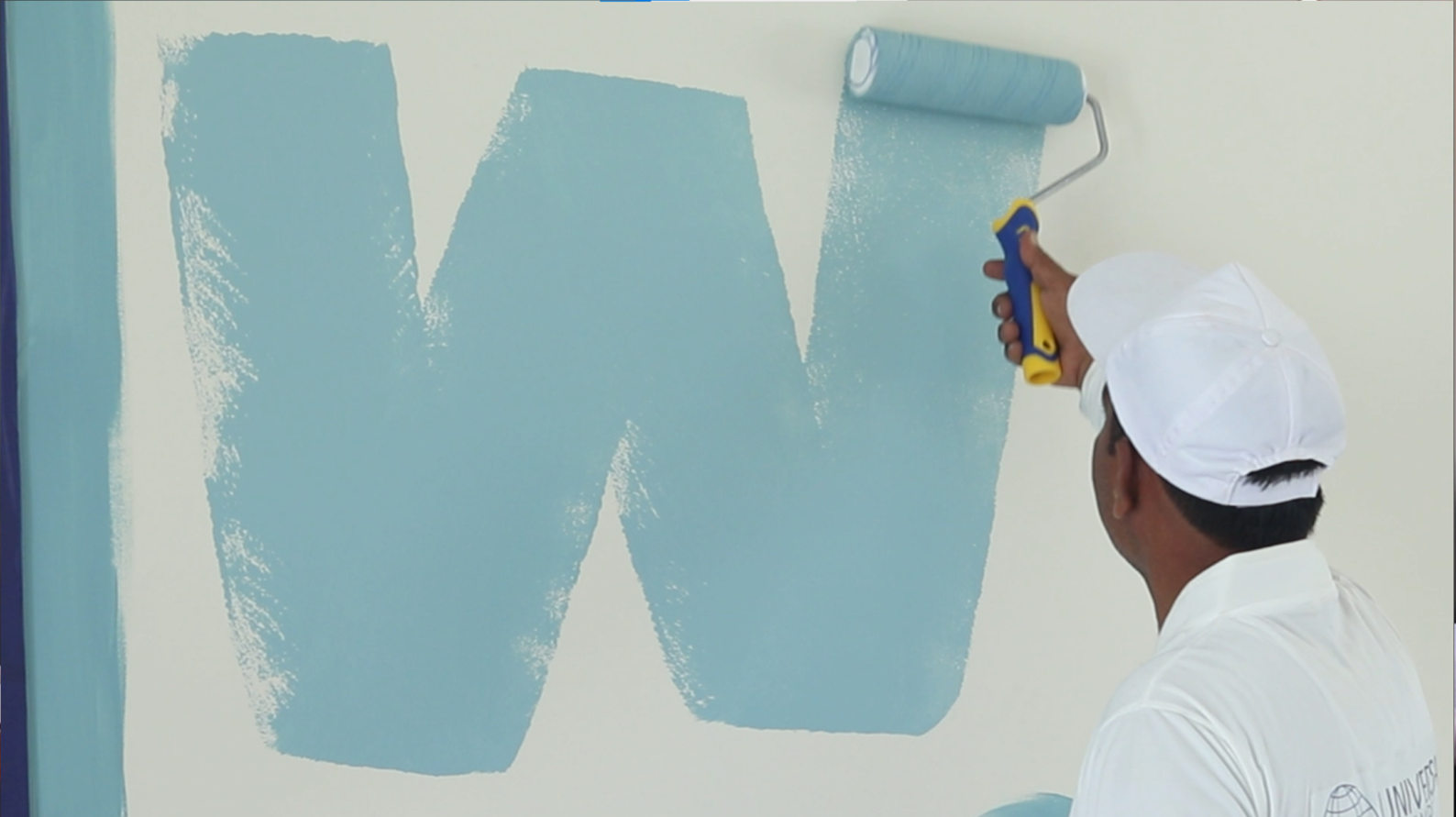
Roll in a “W” motion for even coverage, overlapping slightly.
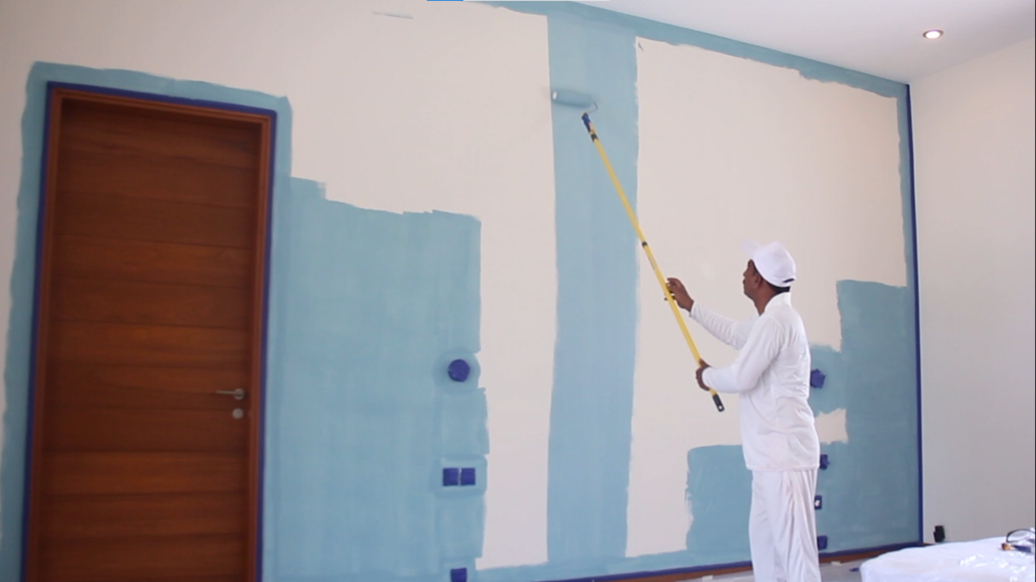
Use an Extension Pole: Reach high or wide areas evenly.
Step 5. Add a Second Coat
To achieve a richer and more even color, apply a second coat once the first is completely dry. This gives a professional, uniform finish.
Step 6. Remove Tape

Peel tape while paint is still slightly tacky to prevent chipping.

